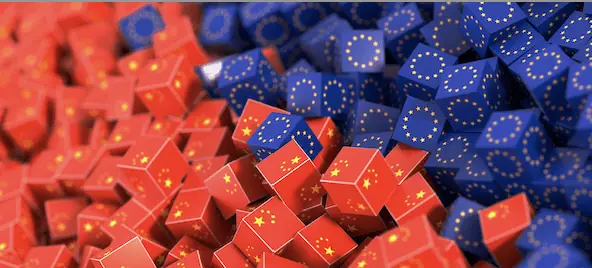Mind the Gap: ADAS Pitfalls in 2023
What’s at stake:
The automotive industry sees 2023 as the year of advanced driver assistance systems. Be careful what you wish for! Carmakers are adding more automation features under a Level 2 rubric. Meanwhile, their pitching ADAS features as safety measures that may result in L2 cars being less safe than originally promised.
As they pivot hard toward advanced driver assistance systems (ADAS), carmakers no longer need boast about saving lives by developing self-driving cars. That’s the good news.
However, automakers hungry for ADAS revenue are treating automation features as checkbox items, loading them into new models without ensuring the efficacy of safeguards such as effective driving monitoring systems (DMS), minimum performance for automatic emergency braking (AEB) or sensible human-machine interfaces.
Read More »Mind the Gap: ADAS Pitfalls in 2023









